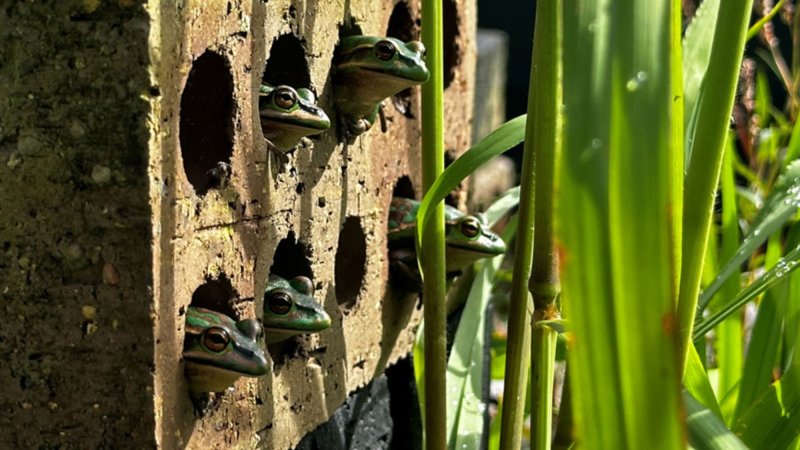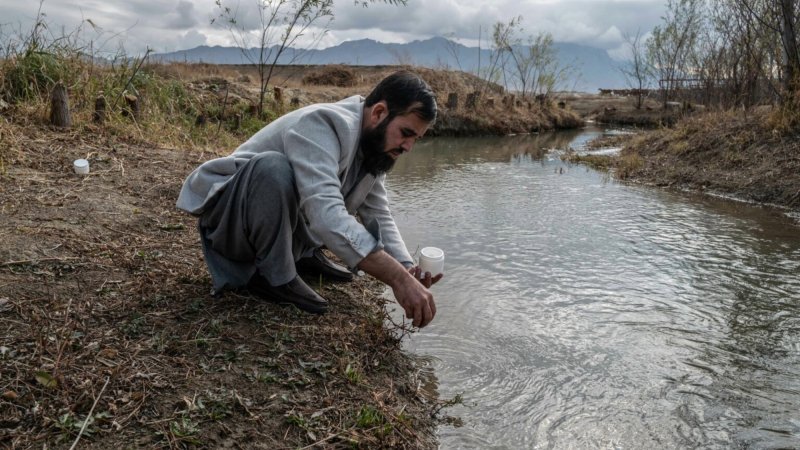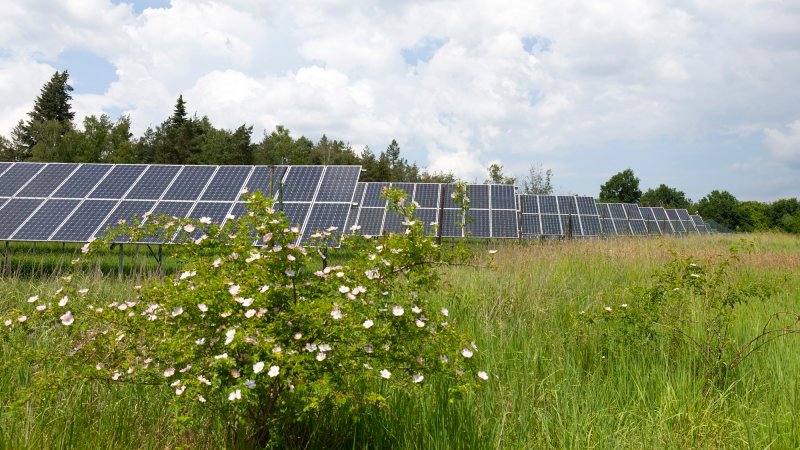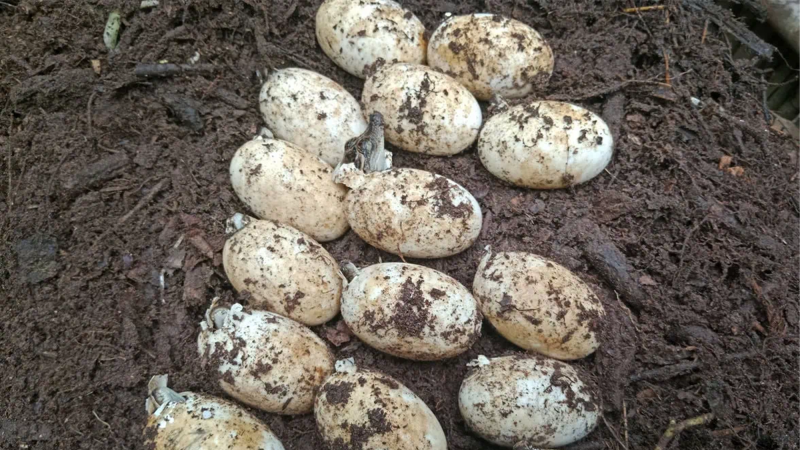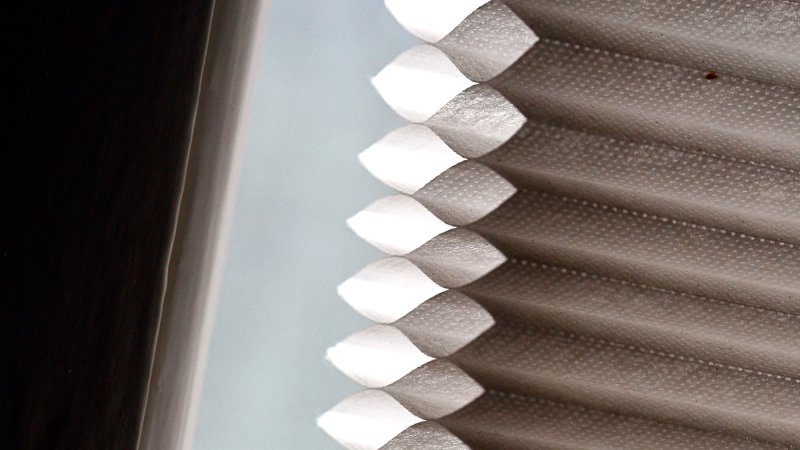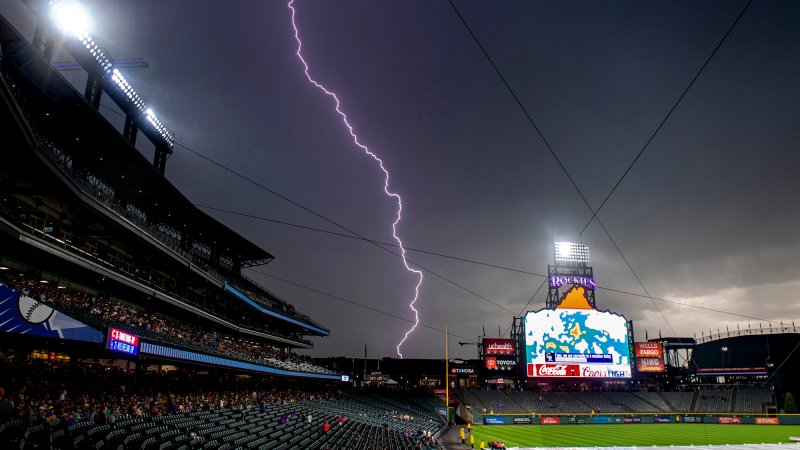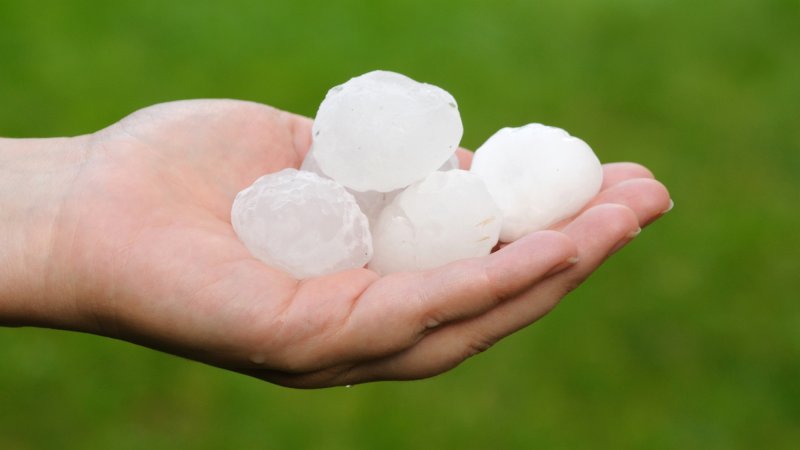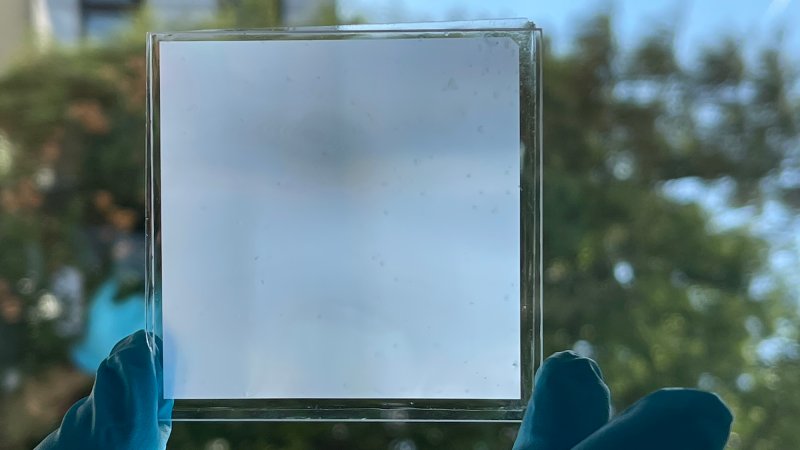

Want to plan a more energy efficient vacation this summer? Sleep underground.
Yes, thanks to science and a bit of architectural ingenuity, underground structures, also known as earth-sheltered dwellings, are one way to enjoy a more eco-responsible—not to mention uncommon—stay.
What are earth-sheltered dwellings?
Simply put, underground structures or earth-sheltered dwellings are buildings that have been constructed at least partially underground. But if you’re picturing the cold cement walls or dark corridors from a sci-fi novel, think again: Modern hotels are far more inviting than that. In fact, all that’s required to call a space earth-sheltered is that dirt covers at least one wall.
But there are all manner of styles of underground buildings, including bermed buildings complete with dirt and grass piled over them like a hill, fully subterranean structures with only sunny courtyards open to the sky, and rooms carved into the faces of cliffs. But they all come with energy efficient benefits thanks to the science of thermal heat transfer.
What makes the earth such a good insulator?
Simply put, it all comes down to heat transfer, and dirt, soil and rock are exceptional at efficiently storing and transferring heat. In fact, once you start digging, temperatures underground tend to stay within a steady range year-round (think of descending into a cave in summer when the air feels delightfully cool or in winter when it feels much cozier than at the surface).
That’s because of the Earth’s mass, which acts as a thermal reservoir, slowly collecting cool temps in the winter and redistributing them in the summer, then collecting heat from the sun in the summer and storing it to help insulate in the winter. This transfer works so well because temperature changes in soil underground happen extremely slowly, about one-tenth of a degree per day. This creates a three-to-six-month thermal lag that results in the ground surrounding underground dwellings keeping things cool in summer while insulating underground structures with residual collected heat in the winter. This ends up producing a milder underground micro-climate largely (but not completely) irrespective of the actual climate the structure is built in.
That’s not to say underground structures never need to be heated or cooled. Especially in the winter in very cold climates heat is often still required, but to a lesser degree. For example, if an underground structure hovers at a steady 55 degrees on a chilly 20-degree winter day, much less energy is required to heat and maintain a cozy 70 degrees inside compared to a non-earth-sheltered dwelling that is much closer to the outdoor ambient temperature.
That reduction can result in a substantial reduction in energy requirements: In the U.S., more than half of the energy used in homes on average goes exclusively to heating and air conditioning. In earth-sheltered structures, on the other hand, one study noted energy usage reductions as high as 80 percent (though the average is closer to 46 percent). And when it comes to hotels with multiple rooms, that’s a pretty big energy savings. And it often results in a pretty cool experience, too.
Sleep underground around the world
At Inn the Ground, a nine-room bed and breakfast in Oregon’s Willamette Valley that opened last summer, that energy efficiency was all part of the land-first philosophy that owners Frank Foti and Brenda Smola Foti wanted. The idea was to create a space for guests to stay, but also see the regenerative farming practices of the property and how both the farm and rooms honor the land and work with it instead of against it. This is why they built two-thirds of the bed and breakfast into a hillside on the farm.
“We wanted to be as much a part of the land as possible,” says Heather Miller, who’s in charge of community engagement at Inn The Ground. The choice resulted in a visibly smaller footprint so it looks more like it belongs in its rural setting, but also stabilizes the interior temperatures in the underground rooms, each with their own extra large windows, private patio access, and sweeping views of the rolling landscape.

Other properties around the world adhere to a similar concept. In Cappadocia, Turkey, there are many hotels with rooms dug into the side of sheer sandstone cliffs, an upscale model of how the region’s 7th century residents carved homes and churches into walls to escape religious persecution.
In Portugal’s Douro Valley, perhaps best known as the birthplace of port wine, the Douro Scala Hotel dug into the steep valley walls instead of built up. The result allows guests to enjoy unobstructed views of the majestic valley and surrounding terraced vineyards out their glass patio doors but the hot summer sun doesn’t heat up the rooms added onto the centuries-old estate.
Practically the entire town of Coober Pedy in Australia’s outback is built underground. It was so opal miners could escape the long, intense summers and chilly desert nights without relying on energy-intensive heating and cooling systems. Naturally there are plenty of hotels and bed and breakfasts located beneath the surface.

At Inn the Ground, guests regularly gush about the subterranean experience, Miller says. She often hears that they sleep better and has witnessed herself the surprise and calm that overcomes guests as they descend the stairs to the underground rooms. It’s quiet, cool, insulated, and just feels comfortable. Plus, Miller adds, when you descend, it’s also easier to feel rooted with a sense of place and belonging.
Views, comfort, unique memories, and energy efficiency? What’s not to love about sleeping underground?
